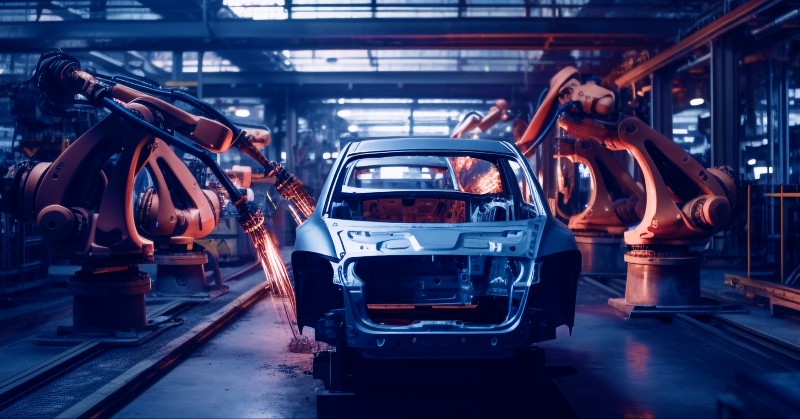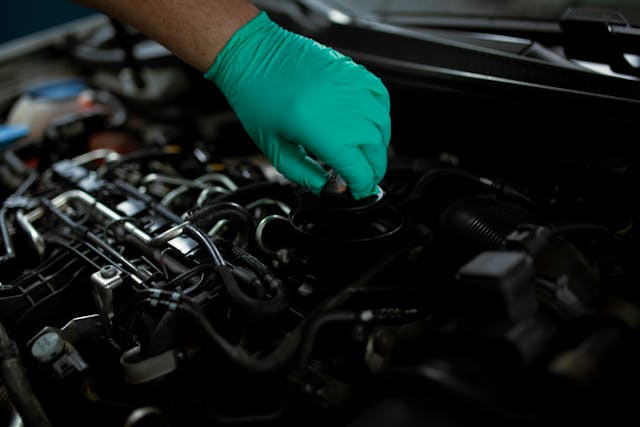Despite the slowdown caused by COVID-19 pandemic, opportunities are ripe for China’s robotics industry. The industry’s total market size was forecasted to reach USD 8.68 billion in 2019, with a CAGR of 21% from 2014 to 2019. Even with the pandemic disrupting global funding in early 2020, the sector is seen to have a positive short-to-midterm drive for service and special service robotics, and a long-term positive driver for industrial robotics.
In the white paper How is COVID-19 Shaping China’s Robotics Industry? Risks, Opportunities, and Lessons Learnt, professionals from YCP Solidiance discuss the different implications and successes in robotics over the past year.
Pandemic-generated demand for automated robotics
COVID-19 has accelerated demand for different industries to make use of automated robotic solutions. Online collaboration tools, tracking and detection systems, and hygiene & health care are just some of the areas in need of automated systems. Other promising sectors include airline and transportation, both of which need automated measures for hygiene control. Examples of robotic systems already being utilized are voice command elevators to reduce the need to physically touch a button, as well as in-restaurant mobile apps for personal food ordering.
Showcasing the long-term capabilities of robotics
Robotics not only help reduce the need for physical touch in the COVID-19 era, but also helps improve operational efficiency and overall user experience. Companies who embraced the adoption of robotics technology over the past year are expected to be the drives of recovery, as there will be a new age of innovation once the public and business sectors grow accustomed to the need and use of automated solutions. As we optimistically enter a post-pandemic era, the robotics industry is forecasted to grow significantly in the coming three to five years.
Robotics solutions for corporations
Robotics automation provides simple yet vital functions for businesses, helping improve operational and physically arduous tasks through improved efficiency and lowered costs. Businesses who utilized robotic solutions at the peak of the pandemic are set to reap its benefits, especially in the manufacturing, hospitality, and healthcare industries:
- Manufacturing faced labor shortages at the height of the pandemic that affected their production line. Robotic solutions like Industrial Robots powered by AI technology and automation helped restore production and provided not only higher productivity through increased capacity, but lowered overall costs through better manpower utilization.
- The Hospitality industry suffered limited sales over the past year, with hotels taking a big hit due to travel restrictions. Several players deployed Service Robots to help travelers be more confident due to lowered infection risks, as well as a strong sense of novelty through customer-robot interactions.
- Healthcare is suffering from a shortage of frontline medical staff as COVID-19 patients overwhelmed the system. The sector used Service Robots that are capable of disinfection, patrol, and monitoring to support staff and complement the labor shortage. This allowed for lower infection risks, as interaction between patients and staff is reduced, and helped alleviate the pressure on overworked staff.
To learn more about our recommended strategies on how to employ robotics in your business, as well as other case studies for companies that found success through robotics, download our full report here.







